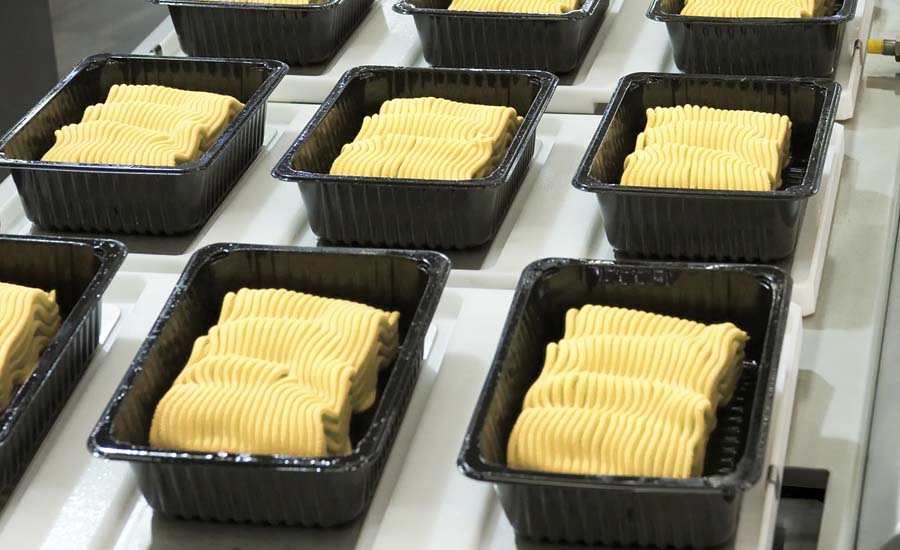The U.S. meat, poultry and seafood packaging market is expected to reach over $10 billion in revenue by 2020, according to the latest research study released by Technavio, Elmhurst, Ill.
This research report, titled “Meat, Poultry, and Seafood Packaging Market in the US 2016-2020,” provides an in-depth analysis of market growth in terms of revenue and emerging market trends. This report also includes up-to-date analysis and forecasts for various technology segments, including reverse osmosis, ion exchange, filtration and distillation.
“Sustainability is expected to gain increased market traction during the forecast period. Consumers are demanding packaging materials that are eco-friendly and sustainable. Vendors have increased their investment in R&D to develop packaging materials that can be recycled and are friction, moisture and heat-resistant,” says Sayani Roy, one of the lead analysts for packaging research. “The AeroClay technology, developed by the Western Reserve University Lab, converts clay and other ingredients into a versatile material that is sturdy, eco-friendly and temperature-resistant. It can be used as an insulated packaging material, and can keep products fresh for longer durations. The use of such products in the packaging of meat, poultry and seafood has gained the interest of environment-conscious consumers, and bodes well for market growth over the next five years.”
Fresh and frozen packaging in the United States
The fresh and frozen meat, poultry and seafood packaging market in the United States was valued at $4.82 billion in 2015. The market for fresh and frozen meat, poultry and seafood will grow steadily during the forecast period, as fresh and frozen products can be refrigerated for later use and allow for convenient cooking. Frozen food packaging requires the use of high-quality materials that effectively protect the food product at temperatures up to -40°F. Case-ready packaging and modified atmosphere packaging (MAP) will register the highest growth in this market, as these products significantly enhance the shelf life of the food while maintaining texture, taste and quality.
Processed packaging market in the United States
The processed meat, poultry and seafood packaging market in the United States was valued at $3.5 billion in 2015. This market will grow steadily during the forecast period owing to the growing acceptance of the convenience of processed products, relaxations in government policies such as the North American Free Trade Agreement (NAFTA) and the easy availability of raw materials such as polypropylene, polyethylene resin and polyester. Processed food exports from the United States have also grown in recent years, reaching a value of $50 billion in 2014.
The making of processed meat and poultry products involves processing or preparation steps such as grinding, adding ingredients and cooking. Processed meats and poultry are also available in ready-to-cook formats such as fresh breakfast sausages, turkey breast and uncooked smoked sausages.
Ready-to-eat packaging in the United States
The ready-to-eat meat, poultry and seafood packaging market in the United States was valued at $553 million in 2015. This market will grow at a much faster rate than the other two application segments during the forecast period, primarily due to an increase in the availability of prepared food products in the retail sector and the growing preference among consumers for convenient and easy-to-prepare food options. Ready-to-eat meat and poultry products such as hot dogs, cooked ham, deli meats and salami are pre-cooked, enabling lesser preparation and cooking time. These products also have a long shelf life. Consumers demand single-serve packs and multipacks as well as detailed information of the packaged food. The U.S. ready-meals market was valued at $28 billion in 2015.


